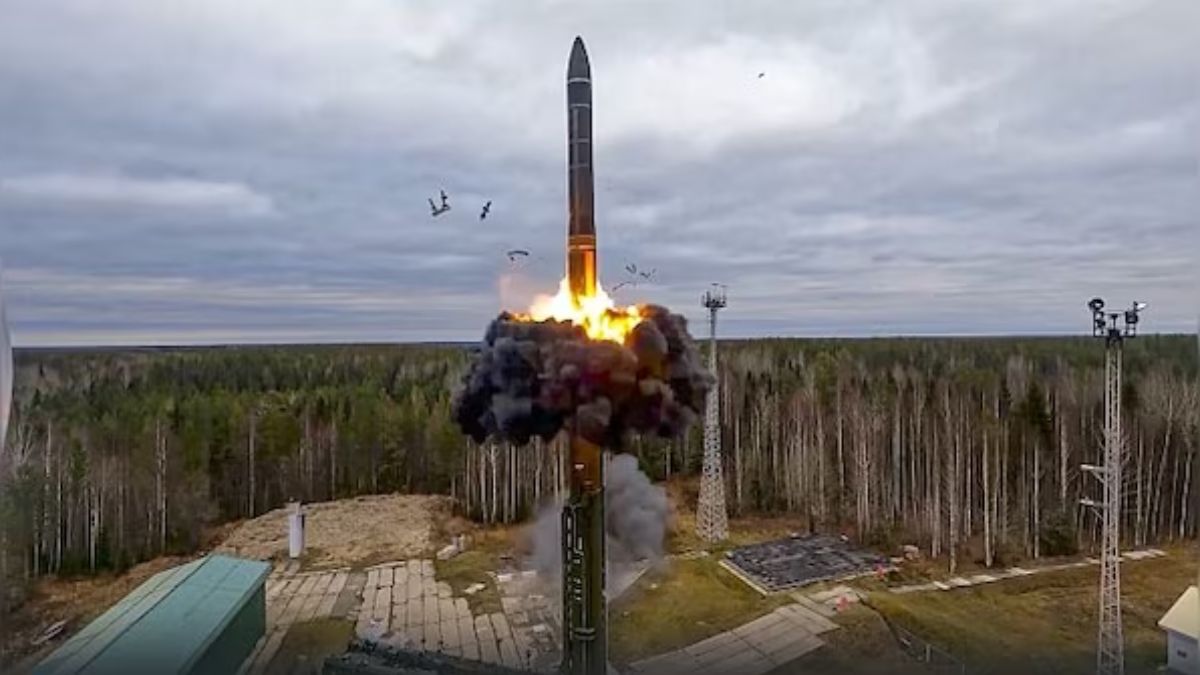The International Day for the Total Elimination of Nuclear Weapons, observed annually on September 26, serves as a critical reminder of the world’s ongoing struggle against one of the most dangerous threats to humanity—nuclear weapons. Established by the United Nations in 2013, this day aims to increase global awareness about the catastrophic humanitarian and environmental consequences of nuclear warfare and promote collective efforts toward achieving a world free of nuclear arms. Despite significant strides made in international diplomacy and non-proliferation treaties, the existence of over 13,000 nuclear weapons worldwide continues to pose a grave risk to global peace and security.
Here are 10 key points about the importance of the day and why it is observed:
1. UN General Assembly resolution: The day was established in 2013 through a UN General Assembly resolution, recognising the need to raise public awareness about the dangers of nuclear weapons.
2. Global disarmament efforts: It encourages countries to take active steps toward nuclear disarmament highlighting the urgency for the elimination of nuclear arsenals globally.
3. Link to Non-Proliferation Treaty (NPT): The day aligns with the objectives of the NPT, which aims to prevent the spread of nuclear weapons and promote complete disarmament.
4. Historical context: It builds on the momentum of decades-long efforts, from the first atomic bombings in Hiroshima and Nagasaki to the Cold War nuclear arms race, emphasising that the goal of nuclear disarmament remains unachieved.
Impact Shorts
More Shorts5. Nuclear weapon-free zones: It highlights the role of established nuclear-weapon-free zones in various regions, such as Latin America and the Pacific, as steps toward a nuclear-free world.
6. Role of civil society: Civil society organisations play a key role by advocating for disarmament and raising public awareness about the catastrophic humanitarian consequences of nuclear weapons.
7. Humanitarian impact: The day stresses the severe human and environmental impact of nuclear weapons, urging countries to consider the global threat these weapons pose.
8. Multilateral diplomacy: It promotes the role of multilateral diplomacy and international cooperation encouraging countries to engage in meaningful dialogue and negotiations to eliminate nuclear arsenals.
9. Resistance from nuclear powers: Despite the global call for disarmament, nuclear-armed states continue to maintain and modernise their arsenals, creating a major challenge for the disarmament agenda.
10. Public awareness campaigns: Various events, discussions and educational campaigns are held globally to commemorate the day, fostering public engagement and support for a nuclear-free world.
According to World Population Review, the global stockpile of nuclear warheads is estimated to be around 13,080. While the overall number has significantly reduced since the Cold War era, more nations now possess nuclear capabilities. Russia holds the largest arsenal, with approximately 6,257 warheads, of which 1,458 are actively deployed. The remaining are either inactive, available for reactivation, or in the process of being dismantled. The US follows with around 5,550 warheads, including 1,389 that are currently operational, while the rest are either reserved for potential reactivation or slated for dismantling. These numbers highlight the enduring threat posed by nuclear weapons despite disarmament efforts.
The International Day for the Total Elimination of Nuclear Weapons is a clarion call for action, encouraging governments, civil society and the global community to reinvigourate efforts for disarmament. While challenges persist, particularly with nuclear-armed states resisting disarmament, the international movement for a nuclear-free world remains strong. By continuing to promote dialogue, enhance public awareness and support multilateral diplomacy, there is hope that future generations will live in a world free from the threat of nuclear annihilation.


)

)
)
)
)
)
)
)
)



